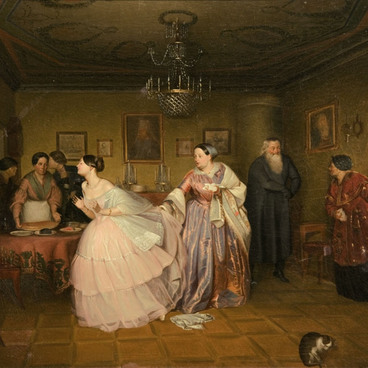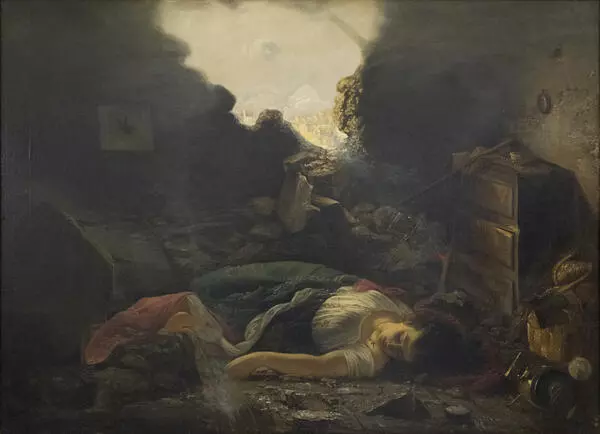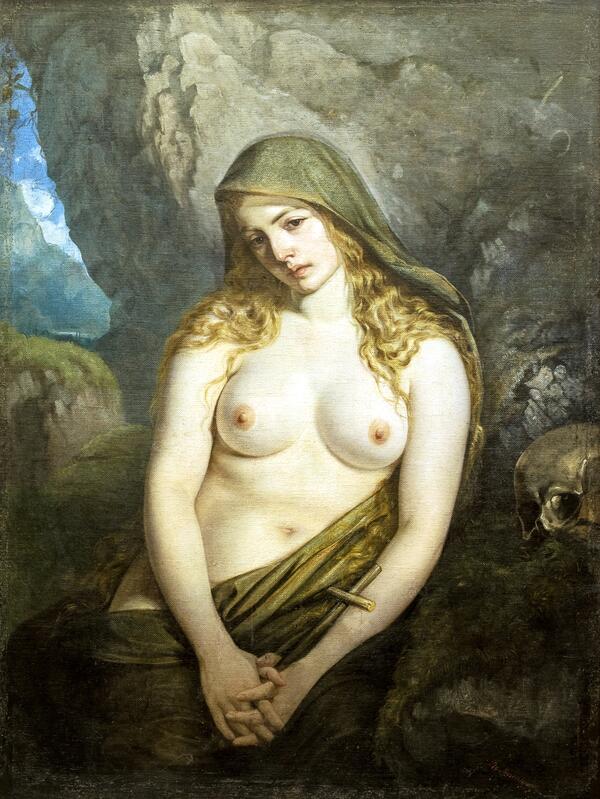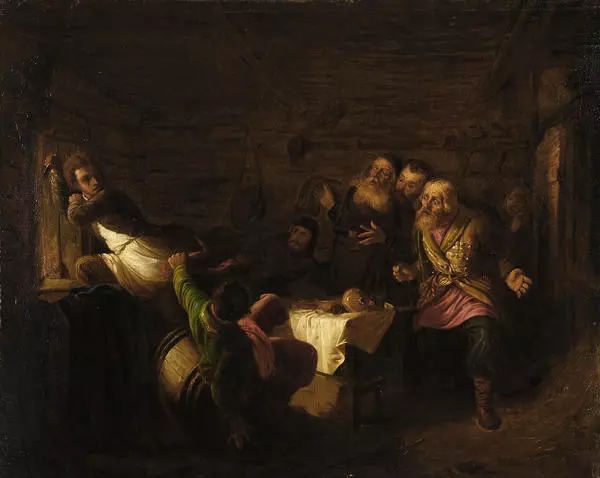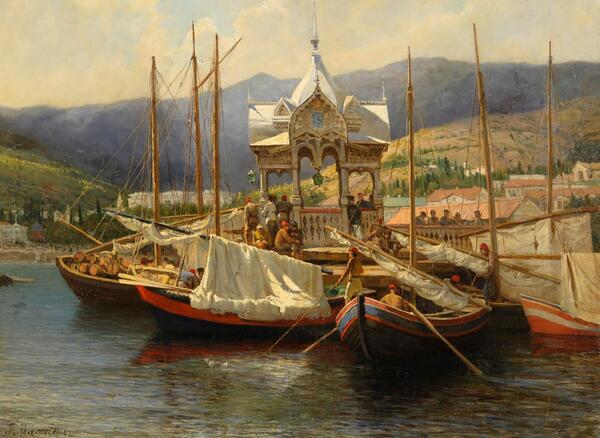Grigory Myasoedov (April 19, 1834, Pankovo, Tula Governorate — December 31, 1911, Poltava) is considered one of the pillars of the Peredvizhniki movement (a.k.a. The Itinerants in English). He came up with the idea to create a single art organization and unite artists. As the most active member of the Society for Travelling Art Exhibitions, he participated intensively in the life of that Society until the end of his days and was featured regularly at travelling exhibitions. In the history of 19th century Russian art, he was firmly established as a leading genre artist.
Myasoedov was an active public figure and a man of many talents. In addition to the genre paintings that were prevalent in his output, he also created landscapes of Crimea and South Ukraine, historical paintings, portraits, and works on religious themes. In 1865, at the annual exhibition at the Academy of Arts, Myasoyedov presented the painting “At someone else”s happiness”. Created abroad, with an unconditional focus on the Paris Salon, it seemed somewhat sweet and superficial to the Russian audience.
Myasoedov brilliantly demonstrated both his virtuoso technique of the brush, and a refined style of domestic story. The artist elaborated the future painting down to the smallest detail: a beautiful vivid scene with a young mother and an “over-aged” older sister, staring at the touching scene. “… The girl forgot her work, and involuntary sadness appeared on her face, and maybe that brought her to tears, ” Myasoyedov described the character of his future canvas.
For a long time, the artist nurtured the idea of this painting, thinking over every detail, angle, and pose. Softening the semantic contrast, he depicts a traditional female needlework instead of the usual rosary and Holy Scripture. Her face is hidden in the shadow, although both sadness and affection are clearly read in her expression. Dark clothes and drapery behind the girl”s back support the exquisite feel of loneliness and life”s instability. The image is presented convincingly in a way that does not cause mistrust in the viewer. A completely different impression is conveyed by the image of a young mother with a baby in her arms.
Drowning in a sea of snow-white ribbons and lace, with lush curls and a pretty doll face, she looks like an expensive and luxurious doll herself next to the children’s toys. And the rosy-cheeked baby on her lap resembles a putto from the paintings of European artists.
Since 1871, paintings on complex social topics became central in the work of Myasoedov. By this time, Myasoedov was a completely mature artist with great educational background, more than ten years of active creative life, numerous trips abroad, and a large number of works.
Myasoedov was an active public figure and a man of many talents. In addition to the genre paintings that were prevalent in his output, he also created landscapes of Crimea and South Ukraine, historical paintings, portraits, and works on religious themes. In 1865, at the annual exhibition at the Academy of Arts, Myasoyedov presented the painting “At someone else”s happiness”. Created abroad, with an unconditional focus on the Paris Salon, it seemed somewhat sweet and superficial to the Russian audience.
Myasoedov brilliantly demonstrated both his virtuoso technique of the brush, and a refined style of domestic story. The artist elaborated the future painting down to the smallest detail: a beautiful vivid scene with a young mother and an “over-aged” older sister, staring at the touching scene. “… The girl forgot her work, and involuntary sadness appeared on her face, and maybe that brought her to tears, ” Myasoyedov described the character of his future canvas.
For a long time, the artist nurtured the idea of this painting, thinking over every detail, angle, and pose. Softening the semantic contrast, he depicts a traditional female needlework instead of the usual rosary and Holy Scripture. Her face is hidden in the shadow, although both sadness and affection are clearly read in her expression. Dark clothes and drapery behind the girl”s back support the exquisite feel of loneliness and life”s instability. The image is presented convincingly in a way that does not cause mistrust in the viewer. A completely different impression is conveyed by the image of a young mother with a baby in her arms.
Drowning in a sea of snow-white ribbons and lace, with lush curls and a pretty doll face, she looks like an expensive and luxurious doll herself next to the children’s toys. And the rosy-cheeked baby on her lap resembles a putto from the paintings of European artists.
Since 1871, paintings on complex social topics became central in the work of Myasoedov. By this time, Myasoedov was a completely mature artist with great educational background, more than ten years of active creative life, numerous trips abroad, and a large number of works.


